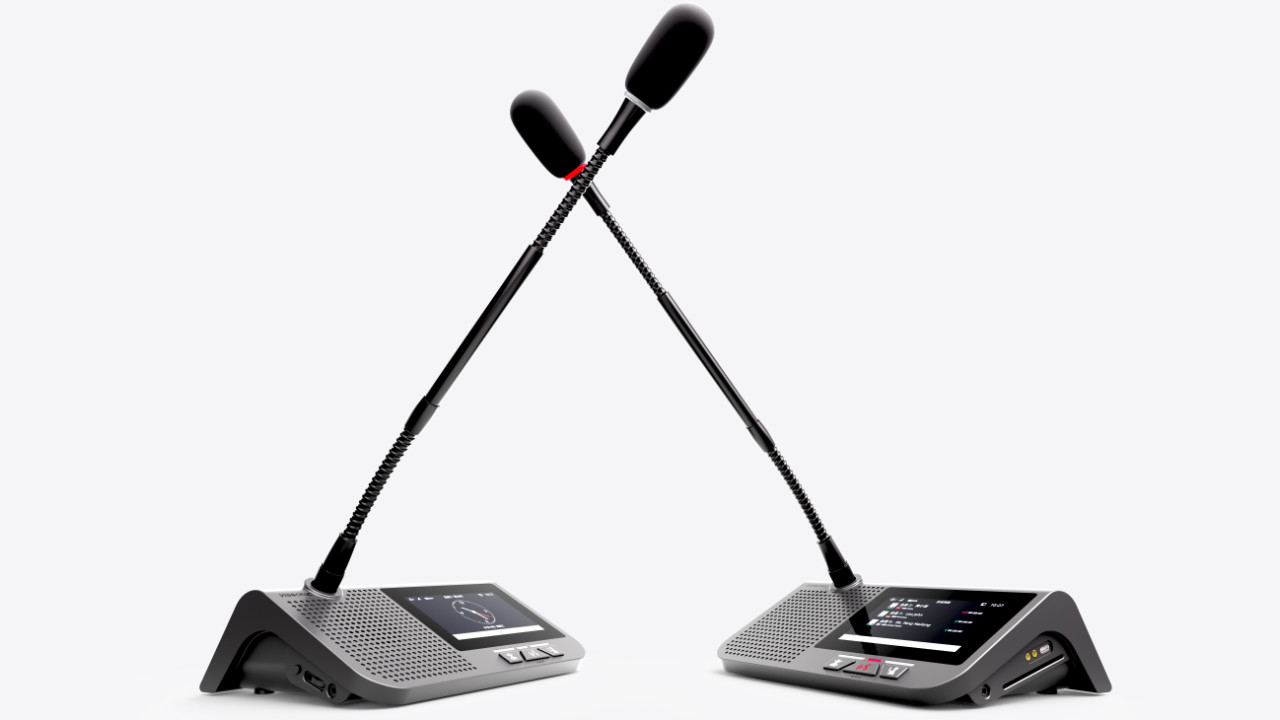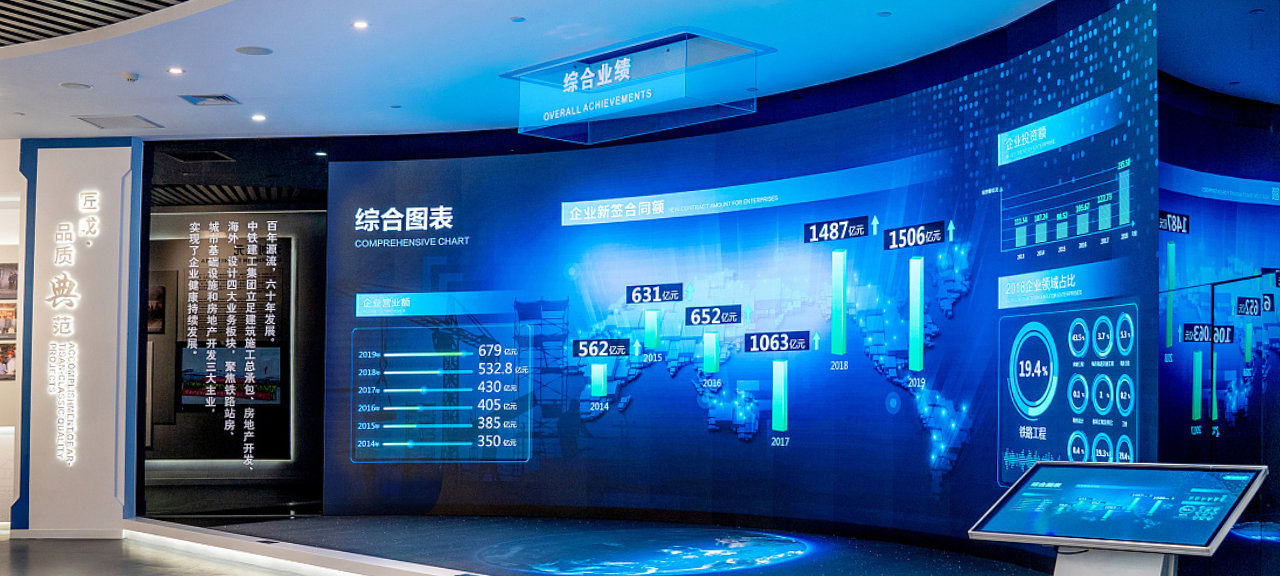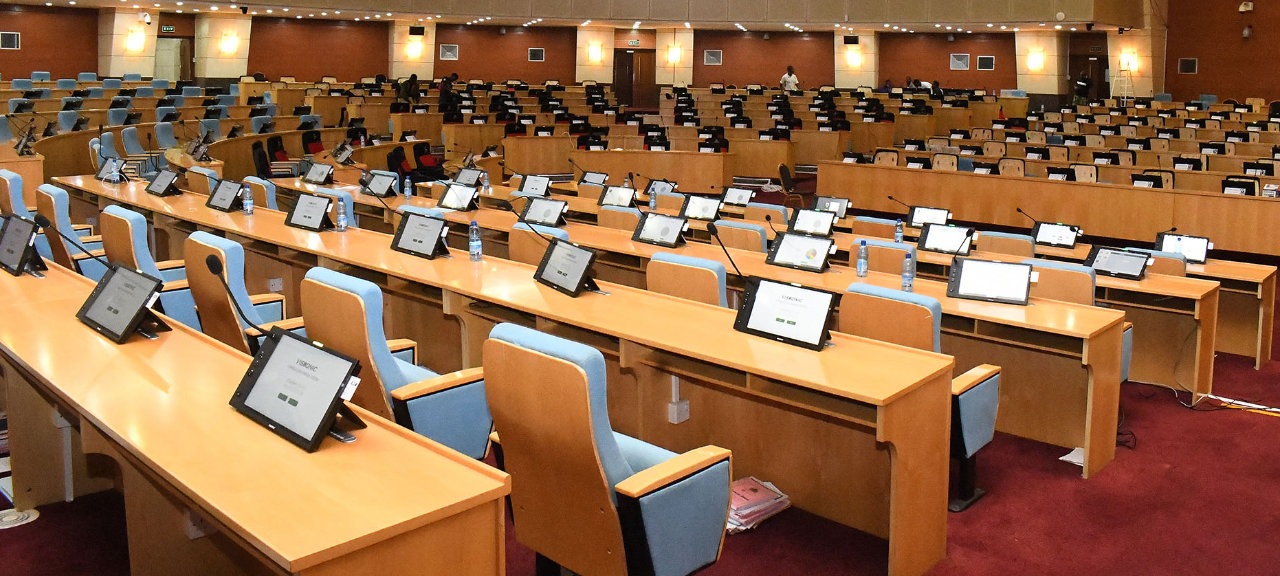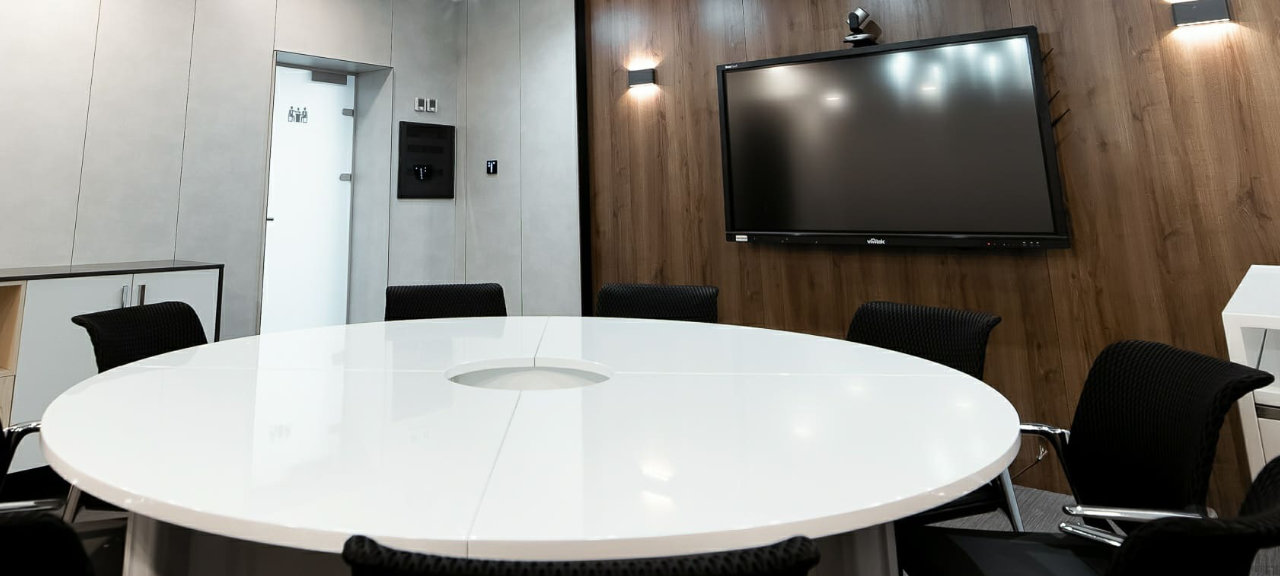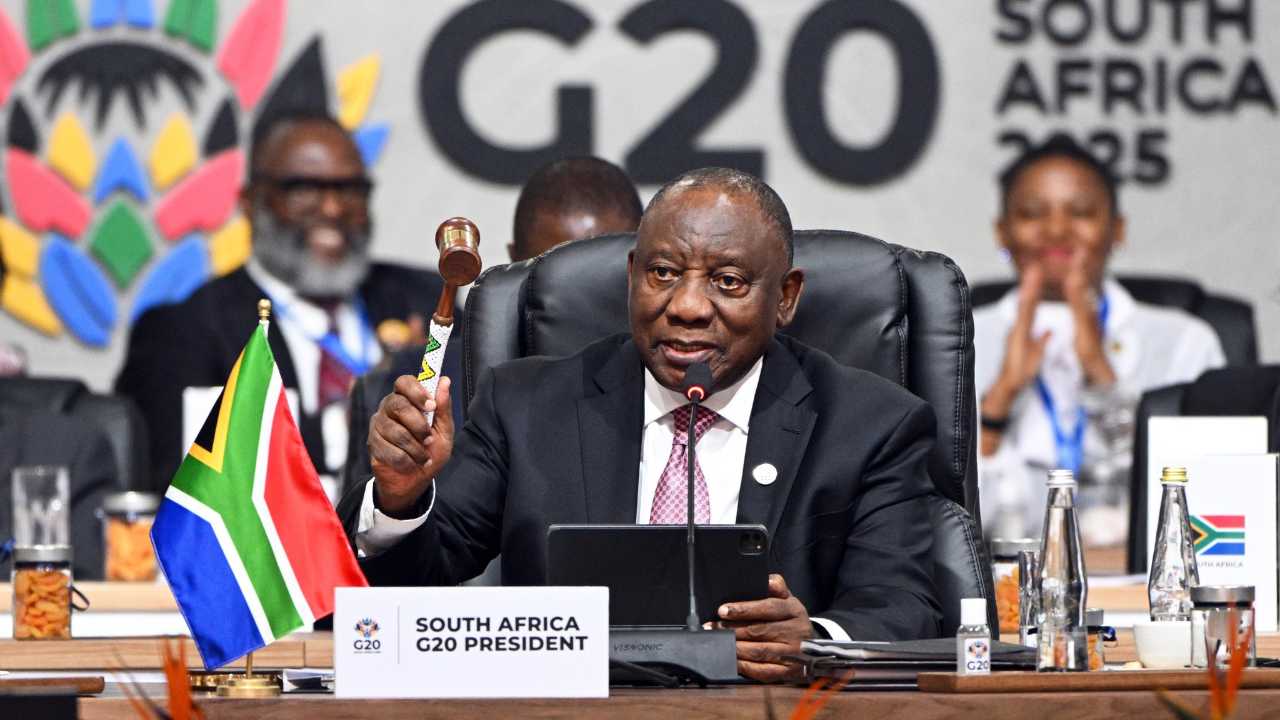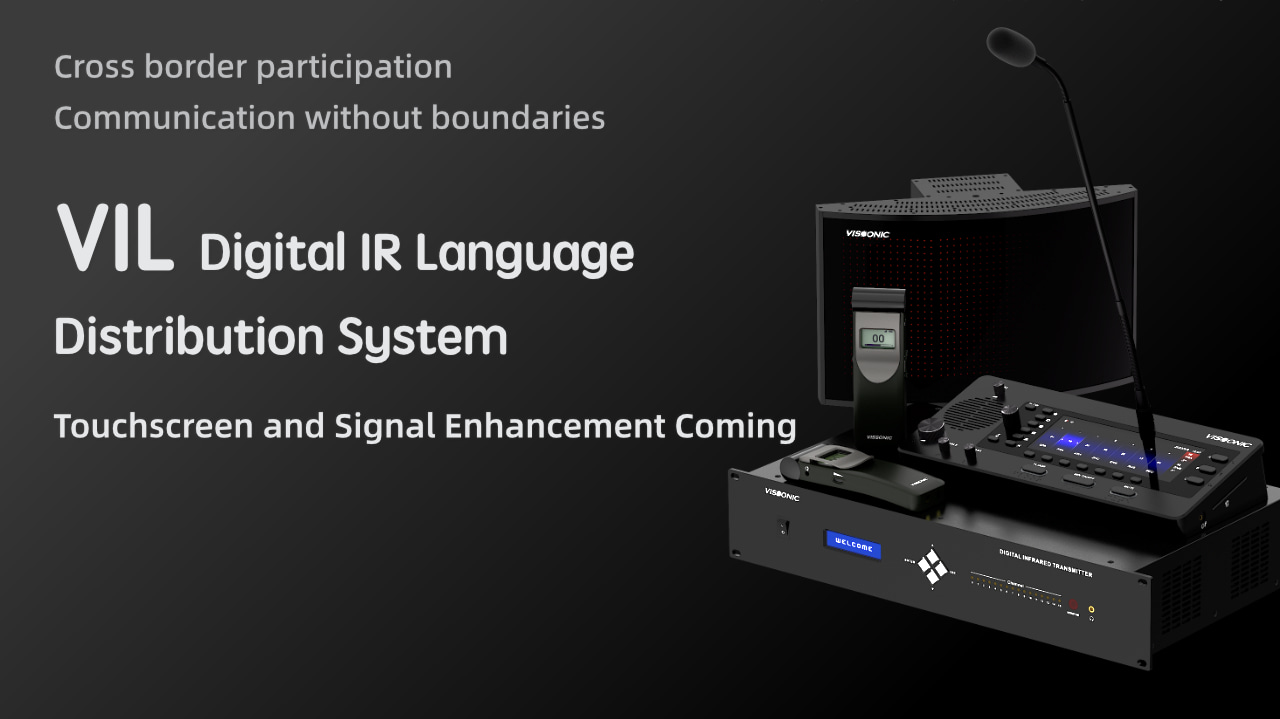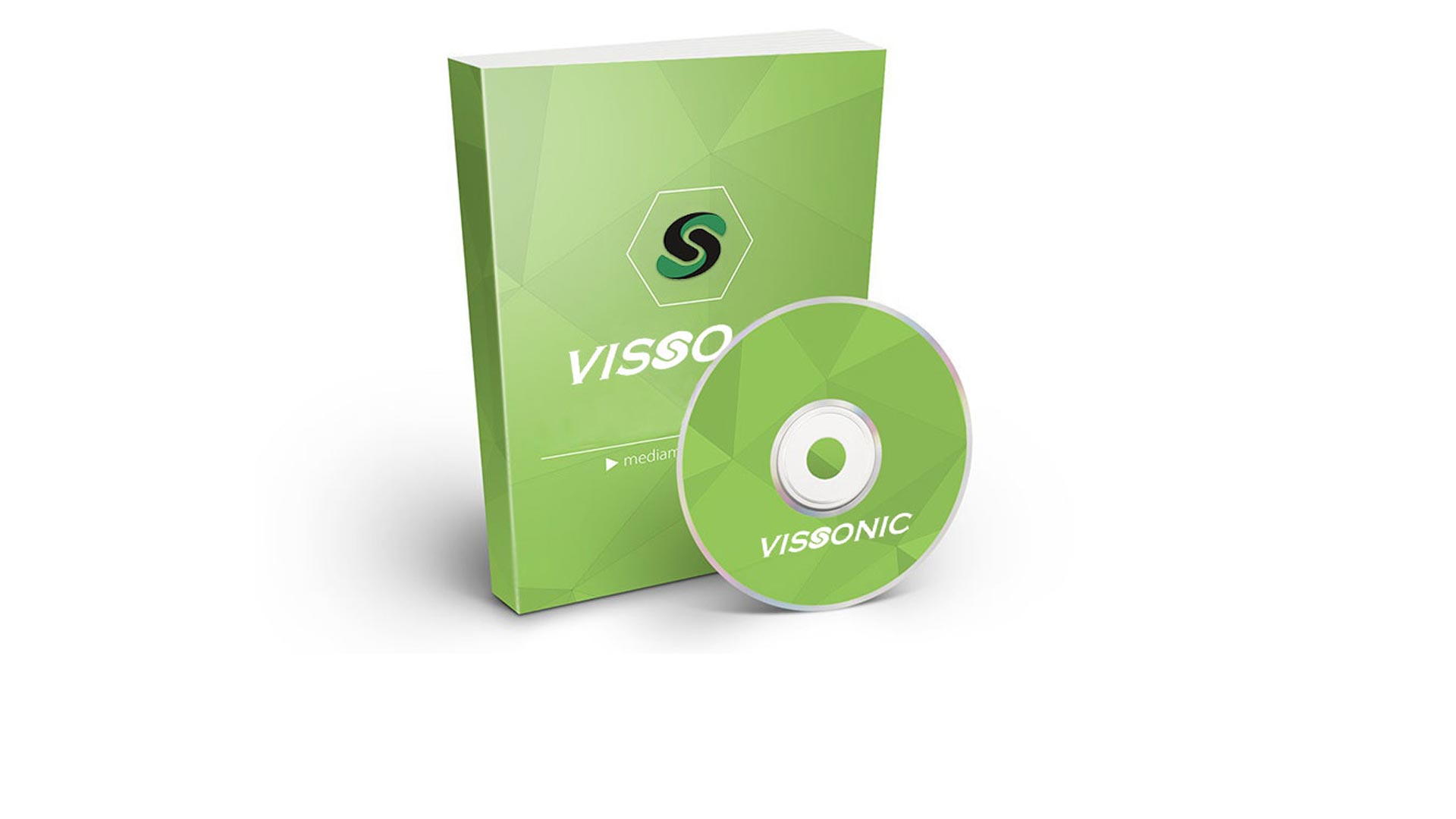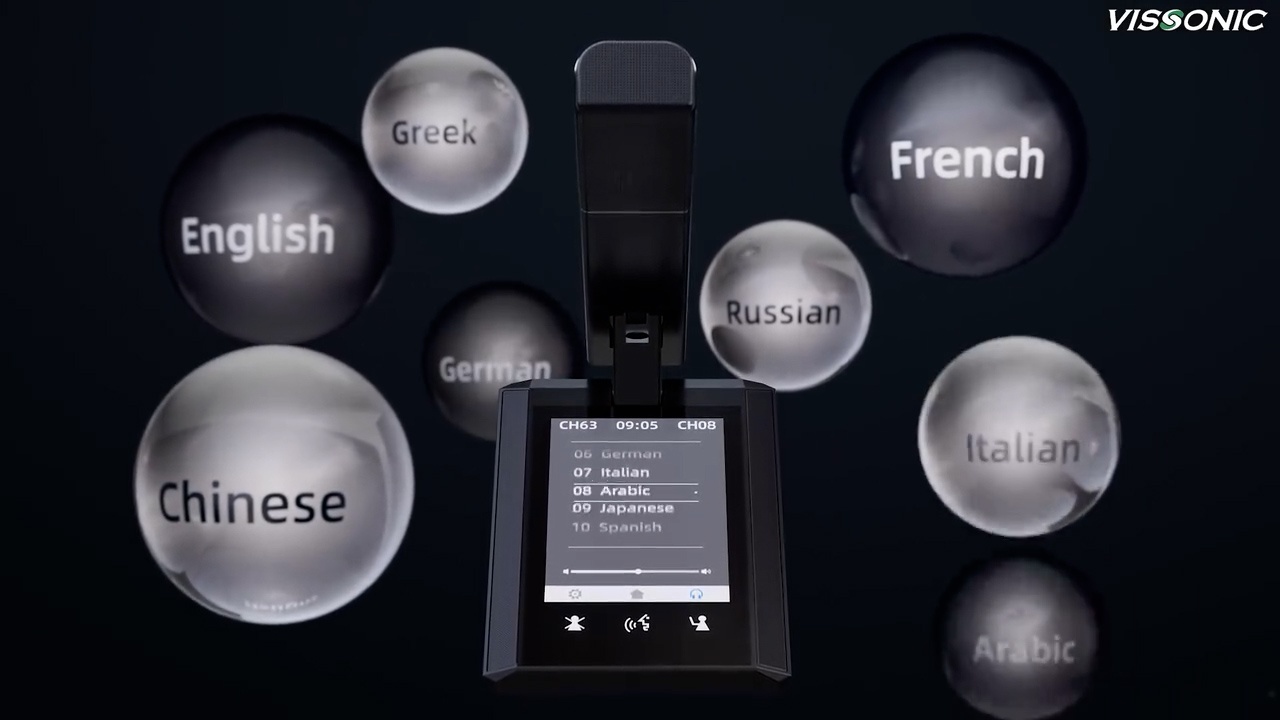Differences Between Video Wall Processor And Controller
Video walls are a popular display technology used in a variety of settings, such as control rooms, retail stores, sports arenas, and corporate lobbies. A video wall consists of multiple displays arranged in a matrix, typically in a tiled fashion, to create a large, seamless image. Video walls can be used to display a single large image or multiple images, videos, and data sources simultaneously. To manage the complexity of displaying content on a video wall, specialized hardware and software components are required. Two essential components are the video wall processor and controller. In this article, we will discuss the differences between the video wall processor and controller.
Modular Seamless Switching Videowall Processor 8x8
What is a Video Wall Processor?
A video wall processor is a hardware device that processes video signals and distributes them to multiple displays to create a large, seamless image. A video wall processor takes input from various sources, such as computers, cameras, media players, and video conferencing systems, and processes them to fit the configuration of the video wall. The processor takes into account the resolution, aspect ratio, and orientation of each display and adjusts the content accordingly.
The video wall processor can perform various image processing tasks, such as scaling, cropping, and de-interlacing. Scaling is the process of adjusting the resolution of the content to match the resolution of the display. Cropping is the process of removing a portion of the image that falls outside the display's boundaries. De-interlacing is the process of converting interlaced video signals into progressive video signals to eliminate flicker and improve the image quality.
Modular Seamless Switching Videowall Processor 8x8
The video wall processor can also manage the content displayed on the video wall. It can split the image into multiple segments and display different content in each segment. For example, a video wall processor can display a single large image across four displays, or it can split the image into four segments and display four different videos simultaneously.
X9 series Modular video wall processor can realize graphics processing and seamless switching flexibly. The matrix adopts high-performance hardware design, perfectly supports a variety of high-definition digital / analog signal switching and processing, and supports two-way RS-232, two-way IR signal assigned switching function. It can also divide a completed image signal into several signals assigned to several different display unites, forming a large display screen to display dynamic images. It provides a one-stop solution for various industries to assign, switch and process a variety of video and control signals, which can be widely used in radio and television engineering, multimedia conference room, large-screen display engineering, television teaching, intelligent traffic management centers, command and control centers and other places.
What is a Video Wall Controller?
A video wall controller is a hardware device that manages the video wall's display settings, such as brightness, contrast, color, and orientation. The controller is responsible for controlling the overall appearance of the video wall and ensuring that the image is uniform across all displays.
The video wall controller can also manage the content displayed on the video wall. It can switch between different sources, adjust the aspect ratio of the content, and configure the layout of the video wall. The controller can also add overlays, such as logos and text, to the content displayed on the video wall.
The video wall controller can be controlled through a variety of interfaces, such as a web-based interface, a remote control, or a physical control panel. The interface allows the user to configure the settings of the video wall, switch between sources, and manage the content displayed on the video wall.
Differences Between Video Wall Processor and Controller
The video wall processor and controller have different roles in managing a video wall. The processor is responsible for processing the content and adjusting it to fit the configuration of the video wall, while the controller is responsible for managing the display settings and content.
The video wall processor is typically a hardware device that is designed to handle the processing power required to manage the video wall's content. The processor can handle multiple video signals simultaneously and adjust the content to fit the display configuration. The video wall controller is typically a software application that runs on a separate computer or embedded system. The controller manages the settings of the video wall and communicates with the video wall processor to control the content displayed on the video wall.
The video wall processor and controller also differ in terms of their capabilities. The video wall processor can perform advanced image processing tasks, such as scaling, cropping, and de-interlacing, while the video wall controller focuses on managing the display settings and content.

